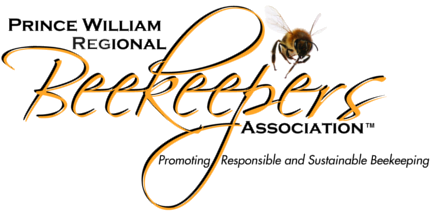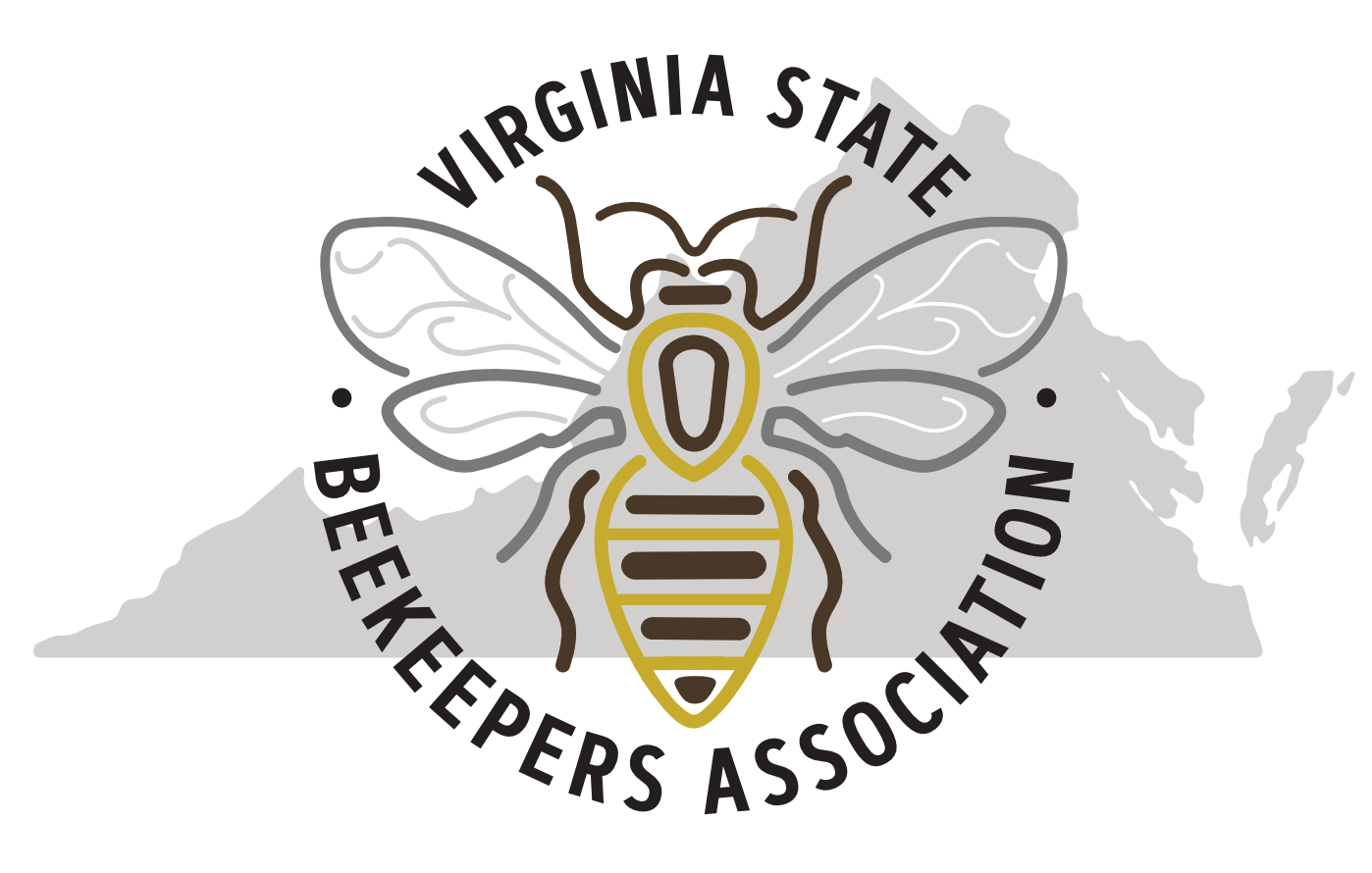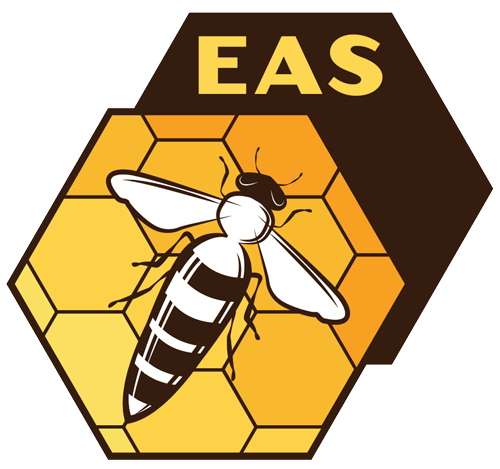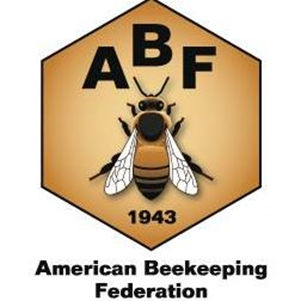Beekeeping Classics & Pioneers of Modern Beekeeping
Snodgrass. Anatomy of the Honey Bee http://www.extension.org/mediawiki/files/e/e0/AnatomyoftheHoneyBee.pdf
R.O.B. Manley. Honey Farming http://www.leevonk.com/information/Animal%20Care/Honey%20Farming.pdf
William Herrod-Hempsall. Producing, preparing, exhibiting, & judging bee produce (1912) https://archive.org/details/producingprepari00herr
Langstroth. The Hive and the Honeybee https://archive.org/details/langstrothonhiv00lang
F.W.L. Sladen. The humble-bee its life-history and how to domesticate it with descriptions of all the British species of Bombus and Psithyrus http://www.biodiversitylibrary.org/item/64359#page/9/mode/1up
(Serendipitously, direct descendents of F.W.L. Sladen lived locally in Warrenton, Virginia)
Thanks to the Kentuckiana Beekeepers for originally compiling this list of Beekeeping Classics below. We are slowly re building the links to these Classics - you can search Hathi Trust and find most of them if you want.
Facts About Bees – E.R. Root (1907)
Facts About Honey by C.P. Dadant (1916)
A Thousand Answers to Beekeeping Questions by C.C. Miller M.G. Dadant (1917)
A Year Among the Bees – C.C. Miller (1890)
A Year’s Work in An Out-Apiary – G.M. Doolittle (1908)
Honey Labels – A.I. Root (1920)
Outaparies & their management – M.G. Dadant (1919)
Dadant System of Beekeeping – C.P. Dadant (1920)
Quinby’s New Beekeeping – Moses Quinby (1879)
New Observations Upon Bees – Francis Huber (1814) C.P. Dadant (1926)
50 Years Among the Bees – C.C. Miller (1911)
Langstroth on the Hive & Honey Bee – L.L. Langstroth (1853) Dadant Sons (1889)
The ABC & XYZ of Bee Culture – A.I & E.R. Root
Queen Rearing Classics
Queen Rearing Simplified – Jay Smith (1923)
Scientific Queen Rearing – G.M. Doolittle (1889)
Better Queens – Jay Smith (1949)
Queen Rearing – Q.C. Matthews (1920)
Rearing of Queen Bees – E.F. Phillips (1905)
Practical Queen Rearing – Frank C Pellett (1918)
Pioneers of Modern Beekeeping
A Swiss naturalist who layed the groundwork for future advances in beekeeping. When he was only fifteen years old when he began to suffer from a disease which gradually resulted in total blindness; but, with the aid of his wife, Marie Aimée Lullin, and of his servant, François Burnens, he was able to carry out investigations that laid the foundations of a scientific knowledge of the life history of the honey bee, the construction of comb and experiments on the respiration of bees. He developed the first movable frame hive called the Leaf Hive in Switzerland in 1789; was a fully movable frame hive, but had solid frames that were touching and made up the “box”. The combs in this hive were examined like pages in a book. L.L. Langstroth later improved Huber’s design. (Wikipedia)
His discoveries and innovations made him world-famous in scientific and bee-keeping circles, and he has been described as the “father of modern apiculture”. He was a pioneering apiarist who discovered the phenomenon of parthenogenesis in bees and designed the first successful movable-frame beehive that most modern beehives derive their design. In his apiary, Dzierzon studied the social life of honeybees and constructed several experimental beehives. In 1838 he devised the first practical movable-comb beehive, which allowed manipulation of individual honeycombs without destroying the structure of the hive. The correct distance between combs had been described as 1½ inches from the center of one top bar to the center of the next one. In 1848 Dzierzon introduced grooves into the hive’s side walls, replacing the strips of wood for moving top bars. The grooves were 8 × 8 mm—the exact average between ¼ and ⅜ inch, which is the range called the “bee space.” His design quickly gained popularity in Europe and North America. On the basis of the aforementioned measurements, August Adolph von Berlepsch (de) (May 1852) in Thuringia and L.L. Langstroth (October 1852) in the United States designed their frame-movable hives. In 1835 Dzierzon discovered that drones are produced from unfertilized eggs. Dzierzon’s paper, published in 1845, proposed that while queen bees and female worker bees were products of fertilization, drones were not, and that the diets of immature bees contributed to their subsequent roles. His results caused a revolution in bee crossbreeding and may have influenced Gregor Mendel’s pioneering genetic research. The theory remained controversial until 1906, the year of Dzierzon’s death, when it was finally accepted by scientists at a conference in Marburg. In 1853 he acquired a colony of Italian bees to use as genetic markers in his research, and sent their progeny “to all the countries of Europe, and even to America.” In 1854 he discovered the mechanism of secretion of royal jelly and its role in the development of queen bees. With his discoveries and innovations, Dzierzon became world-famous in his lifetime. He received some hundred honorary memberships and awards from societies and organizations. Dzierzon was unaware of the achievements of his contemporary, L.L. Langstroth the American “father of modern beekeeping”. (Wikipedia)
He was one of the first commercial beekeepers in the United States, a native of St. Johnsville, New York. Quinby established his business in his early 20s and expanded it to own about 1,200 hives in the Mohawk Valley, New York. Among his innovations in beekeeping, he is credited with the invention of the modern bee smoker with bellows. (Wikipedia)
Considered the “Father of American Beekeeping,” born in Philadelphia, Pennsylvania. As a youngster, he took such an extraordinary interest in observing the habits of insects that he was punished for wearing holes in the knees of his pants while learning all he could about ant life. He graduated from Yale University in 1831, and subsequently held a tutorship there in 1834-1835. After this he was pastor of various Congregational churches in Massachusetts, including the South Congregational Church in Andover, Massachusetts in May 1836. In 1848, Langstroth became principal of a young ladies’ school in Philadelphia. He took up beekeeping in part to distract himself from severe bouts of depression. He married Anne Tucker (1812—23 January 1873) of Massachusetts. They had three children, all born in Massachusetts: James (1837), Anna (1841) and Harriet A. (1847). The Leaf Hive, invented in Switzerland in 1789 by Francis Huber, was a fully movable frame hive, but had solid frames that were touching and made up the “box”. The combs in this hive were examined like pages in a book. Langstroth acknowledged Huber’s contribution: “The use of the Huber hive had satisfied me that, with proper precautions, the combs might be removed without enraging the bees, and that these insects were capable of being tamed to a surprising degree. Without knowledge of these facts, I should have regarded a hive permitting the removal of the combs as quite too dangerous for practical use.” (Langstroth on the Honey-Bee, 1860). Langstroth was popularly credited with discovering the “bee space,” though this discovery had already been implemented in European hives. In Europe, both Jan Dzierżon and August von Berlepsch had been focused on side-opened hives. Land resources in Europe had been limited, and traditionally bees were kept in beehouses. The presently so-called “bee space” had been incorporated by Berlepsch following Dzierzon’s discoveries, from the years 1835-1848, into his frame arrangement (Bienen-Zeitung, May 1852). Langstroth made many other discoveries in beekeeping and contributed greatly to the industrialization of modern beekeeping. Langstroth revolutionized the beekeeping industry by using bee space in his top-opening hive. In the summer of 1851 he found that, by leaving an even, approximately bee-sized space between the top of the frames holding the honeycomb and the flat coverboard above, he was able quite easily to remove the coverboard, which was normally well cemented to the frames with propolis, making separation hard to achieve. He later used this discovery to make the frames themselves easily removable. If a small space was left (less than 1/4 inch or 6.4 mm) the bees filled it with propolis; on the other hand, when a larger space was left (more than 3/8 inch or 9.5 mm) the bees filled it with comb. On 5 October 1852, Langstroth received a patent on the first movable frame beehive in America. A Philadelphia cabinetmaker, Henry Bourquin, a fellow bee enthusiast, made Langstroth’s first hives for him and by 1852 Langstroth had more than a hundred of these hives and began selling them where he could. Langstroth spent many years attempting to defend his patent without success. He never earned any royalties because the patent was easily and widely infringed. Langstroth hives are still in common use today.
He wrote that “… the chief peculiarity in my hive was the facility with which they could be removed without enraging the bees …. I could dispense with natural swarming, and yet multiply colonies with greater rapidity and certainty than by the common methods …. feeble colonies could be strengthened, and those which had lost their queen furnished with the means of obtaining another. …. If I suspected that anything was wrong with a hive, I could quickly ascertain its true condition and apply the proper remedies.” Langstroth also found that several communicating hive boxes can be stacked one above another and that the queen can be confined to the lowest, or brood, chamber, by means of a queen excluder. In this way, the upper chambers can be reached only by the workers and therefore contain only honey-comb. This made hive inspection and many other management practices possible and turned the art of beekeeping into a full-scale industry. At the time of Langstroth’s contributions, honey was the chief sweetener in American diets, so Langsrtoth’s new beekeeping techniques were of great importance. His discoveries and inventions allowed beekeeping to be done more cost-effectively on a large scale. Since four to twelve pounds of honey, and many hours of bee time, are consumed by bees in the production of one pound of beeswax, honey production was increased from reuse of the comb. Also, being able to remove surplus honey without having to kill the bees meant that many more bees were available the following spring to gather nectar to make honey. In 1853, Langstroth published The Hive and the Honey-Bee (Northampton (Massachusetts): Hopkins, Bridgman, 1853), which provided practical advice on bee management and, after more than 40 editions, is still in print today. Langstroth on the Honey Bee was published in 1860. After 1858 Langstroth made Oxford, Ohio, his residence, and devoted his time to beekeeping. The site was 10 acres (40,000 m2) and was an ideal place to keep bees. Langstroth planted a row of linden trees along the street and apple trees throughout his property. He sowed buckwheat and clover seed, using 1-acre (4,000 m2) of ground for a formal garden, filled with the flowers that bees like best, calling it his honey garden. The home where he lived from 1858 to 1887 was built in 1856 and is now called Langstroth Cottage; it is designated a National Historic Landmark. It was donated to Western College for Women and is today home to the Miami University Center for the Enhancement of Learning and Teaching. Langstroth received his first Italian bees at his home in 1863; Italian bees were more productive than the European bees that were most common in America at the time. He and his son sold Italian queens at 20 dollars each and in one year sold 100 of them, many being sent by post all over the United States. In 1887, he moved with his daughter, Mrs. H. C. Cowan, and her family to Dayton, Ohio. Langstroth died in the pulpit of the Wayne Avenue Presbyterian Church in Dayton, just as he was beginning a sermon on the love of God. He is buried at Woodland Cemetery, Dayton, Ohio. (Wikipedia)
A French-American beekeeper considered one of the founding fathers of modern beekeeping. Dadant was born in Vaux-sous-Aubigny, in Haute-Marne, in the Champagne-Ardenne region of France. In 1863, at age forty-six, he moved to America, with dreams of starting a vineyard. Dadant purchased land on the rolling tallgrass prairie in Hamilton, western Illinois, where he built a simple log house. After paying for his family to come to America from France and buying a farm, he was penniless. He did not know a word of English, but he was determined to succeed in his new country. When his dreams of being a vintner were not fulfilled, he turned to beekeeping, a hobby he had learned in France.He renounced the Catholic Church and became a socialist. When he moved to America he modeled his beekeeping business on socialist principles by working alongside his employees. By the end of the American Civil War he had nine colonies of honeybees, and traveled with his young son across the Mississippi River to sell honey and beeswax in a neighboring town. His interest in making quality candles grew from his love and knowledge of beekeeping. He invented the Dadant bee-hive, which has a 42 × 26.6 cm frame and founded in Hamilton one of the first factory of bee-keeping tools. The Dadant factory is still owned by the Dadant family.He contributed articles on beekeeping to numerous bee journals, both American and European. Dadant acquired The American Bee Journal and Dadant and Sons have published it since. He translated Langstroth’s The Hive and the Honey-Bee into French so the rest of the world would learn of Langstroth’s contributions to beekeeping. He strived to import Italian bees into the United States and, according to ABC in Bee Culture 1890, he succeeded by shipping 250 queen bees to the United States in 1874. He was not the first to bring Italian queens into the United States, selling for up to half the price ($12) asked by his competitors. He was always seeking a better way to keep bees. Just as he had begun with the old European “eke” he quickly abandoned that kind of beekeeping for the modern Langstroth hive concept. Bee hives have often been designed and built without regard for the needs and habits of the honey bee colony. Probably the best design for a colony was the large hive developed by Charles Dadant. It provided a large, deep brood chamber with plenty of room in which the queen could lay, and shallower supers for honey storage. However, the price and promotion of smaller hives offered for sale during the period from about 1885 to 1900 made them more popular. Charles Dadant died in Hamilton in 1902. He had one son, Camille Pierre Dadant (1851-1938) part of Dadant & Sons. (Wikipedia)
An American practical commercial beekeeper that specialized in comb honey production. He was originally a physician, but gave up that profession to keep bees and to write about beekeeping; beginning as an amateur beekeeper as the result of a swarm that his wife hived into a sugar barrel when it landed on their porch in 1861, Miller expanded his business steadily. By 1878, Miller made his living from keeping bees. He eventually settled in Illinois. Miller expanded his honey farm to over 300 colonies of bees, and became North America’s largest producer of comb honey. His books include A Thousand Answers to Beekeeping Questions and Fifty Years Among the Bees. For many years he was also a popular advice columnist for the American Bee Journal. (Wikipedia)
Famous beekeeper who probably raise more queens than anybody alive (bush bees)
Upcoming Events
PWRBA May 13th Club Mtg.
7 pm at the Manassas Church of the Brethren
Manassas Bee Festival 6/22
Manassas Bee Festival Saturday, 6/22/24 Liberia House & Grounds 8601 Portner Ave. Join PWRBA...
Recent Posts
Join PWRBA at the Bluebell Festival April 7th at Merrimac Farm from 10-3
Welcome spring, celebrate nature close to home and view the fabulous Virginia Bluebells that...
PWRBA at Manassas Bee Festival, Liberia House Saturday, June 22nd from 10am to 2pm
Join PWRBA at the 4th Annual Manassas Bee Festival at Liberia House and Grounds on Saturday, June...
Join Us
We welcome new members and are happy to help you get started in your beekeeping adventure!
Swarm Removal
Have a honey bee swarm that needs removed? Contact our swarm dispatcher for next steps.
Make Bees With Nucs and Splits
Instead of purchasing bees, consider using the bees natural resources to make bees from your own bees.



